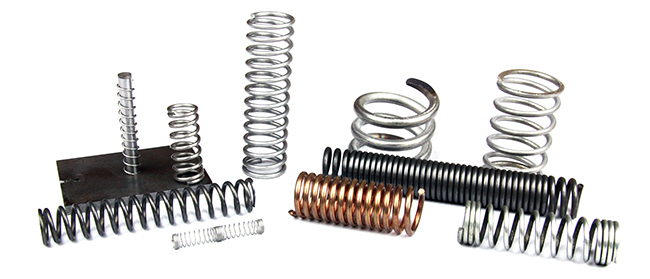Ensuring Spring Reliability, Part Two
In our last post we looked at how spring fatigue can lead spring failure. This post will look at ways to improve spring endurance.
Ways to Improve Spring Endurance
Spring fatigue issues are largely influenced by application factors such as force involved, materials used, and environmental conditions. In some cases, fatigue problems can be addressed by adjusting something in the application. Stress corrosion, buckling, wear, and dynamic loading are examples of issues that can be improved through application adjustments.

Often times spring fatigue issues can be improved by adjusting the design of the spring. Increasing the diameter of the coils or increasing the number of coils can reduce the stress on the spring.
Spring fatigue will also be affected by the quality of the spring wire used to make them. Low quality wire often has surface or inner defects, which inhibit spring performance by reducing spring fatigue strength and increasing the possibility of breakage. Specifying springs developed from high grade materials will improve spring performance and extend spring life.
It is important to understand the spring material options for the application. For instance, hard drawn wire is most commonly used for low stress applications, while high stress applications need a stronger material, such as music wire.
In many cases, achieving optimal spring performance and endurance requires a custom spring design, engineered specifically for the application. The right spring supplier will assist you in evaluating your process and determining the best, most-cost efficient design for your project.
 LinkedIn
LinkedIn